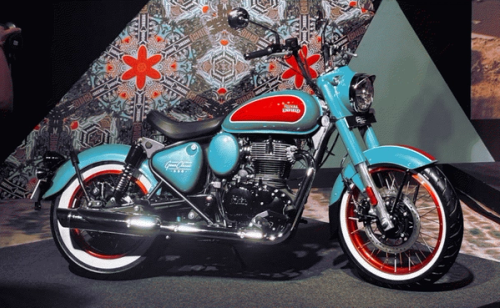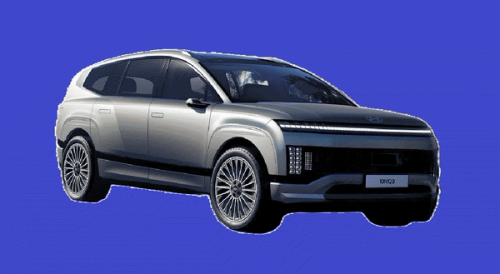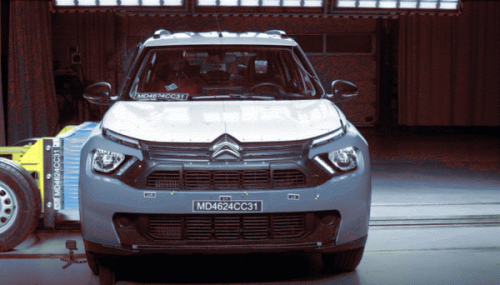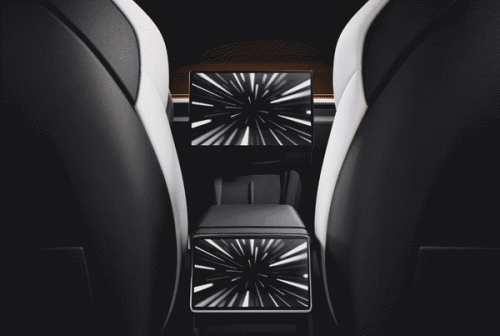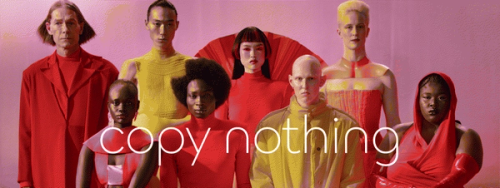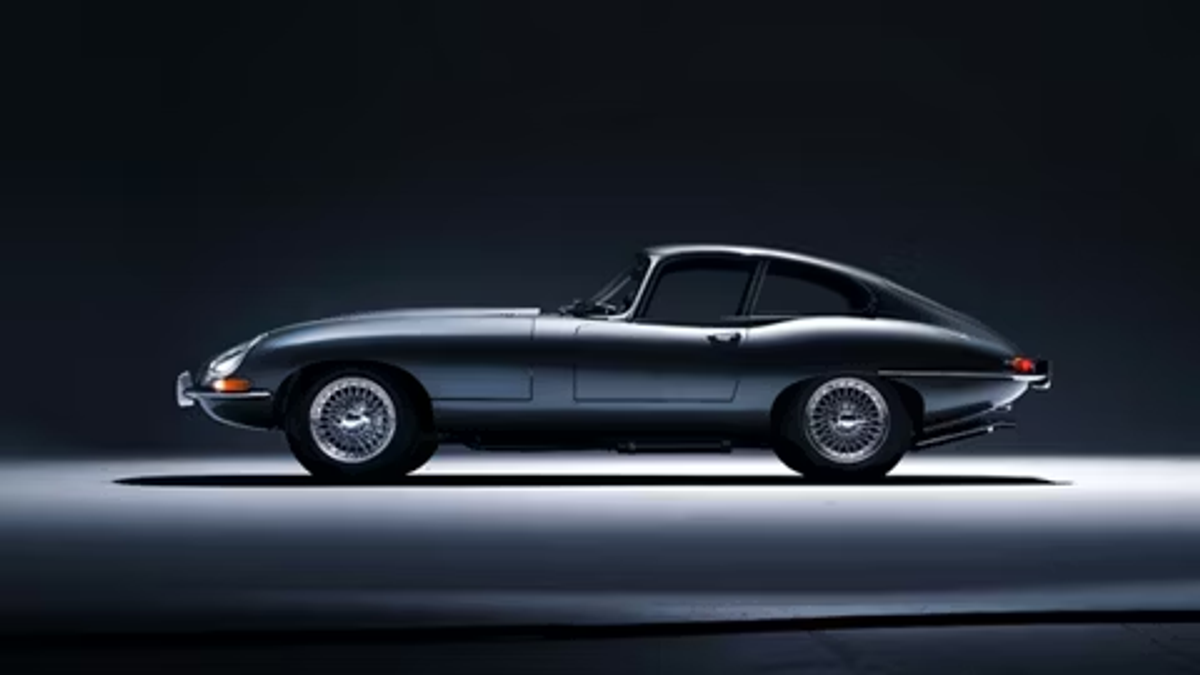Jaguar’s Legendary Car and the Road Ahead
16 Nov 2024
5
By urjit dixit

The Jaguar E-Type , Source: Jaguar
Jaguar’s Legendary Car and the Road Ahead
The Jaguar E-Type: A Timeless Icon
When enthusiasts discuss iconic cars, few models command the reverence of the Jaguar E-Type. Introduced in 1961, the E-Type redefined what a sports car could be, with its sleek design, groundbreaking engineering, and unmatched performance. Enzo Ferrari called it "the most beautiful car ever made," a testament to its aesthetic brilliance.
The car’s elongated bonnet, low-slung stance, and lightweight construction weren’t just visually striking—they were functional. Designed by aerodynamics pioneer Malcolm Sayer, the E-Type could achieve a blistering top speed of 150 mph, a feat that captivated a generation of drivers. Available as a coupe or convertible, the E-Type wasn't merely a car—it was an aspirational lifestyle. Today, it stands as a quintessential collector's item, with meticulously restored examples fetching millions at auctions worldwide.
Jaguar Today: Balancing Legacy and Modernity
Fast forward to today, and Jaguar faces a very different automotive landscape. Under Tata Motors’ ownership since 2008, the company has navigated through waves of success and challenges. Once synonymous with stylish sedans like the XF and the sporty F-Type, Jaguar has pivoted towards SUVs, recognizing shifting consumer preferences.
The F-Pace, Jaguar’s first luxury SUV, became a sales hit, but the brand has struggled to maintain momentum. The advent of electric vehicles (EVs) has added pressure, with Jaguar launching the I-PACE, a luxury EV that received critical acclaim but limited commercial success due to stiff competition and high pricing.
Declining sales in key markets and the rising dominance of rivals like Tesla and Mercedes-Benz have left Jaguar in a precarious position, prompting the need for bold reinvention.
The Future: Jaguar’s All-Electric Ambitions
Jaguar is betting big on electrification to secure its future. By 2025, the company aims to become an all-electric brand, a dramatic shift that signals its commitment to sustainability and technological innovation. Jaguar's electrification plan involves developing new platforms for its upcoming models, which promise to blend timeless elegance with cutting-edge EV technology.
The new lineup is expected to be luxurious and aspirational, targeting discerning customers who value exclusivity. This strategy reflects Jaguar’s intention to differentiate itself in an increasingly crowded EV market.
Alongside its product revamp, Jaguar is also investing heavily in partnerships and production capabilities. Collaborations with tech companies are underway to ensure that their EVs offer not only style but also superior performance and connectivity features.
From Iconic Past to a Sustainable Future
The Jaguar E-Type may have epitomized 1960s luxury, but its spirit lives on in the company’s relentless pursuit of innovation. As Jaguar transitions into a new era, it faces the challenge of balancing its heritage with a vision for a sustainable future.
With electrification and a refined focus on premium products, Jaguar aims to reestablish itself as a leader in the automotive world, continuing its legacy of luxury, performance, and design excellence.
As the brand approaches its 100th anniversary in 2025, Jaguar’s journey embodies a powerful narrative of evolution: from creating the "most beautiful car ever made" to redefining what luxury means in a world increasingly driven by sustainability.


